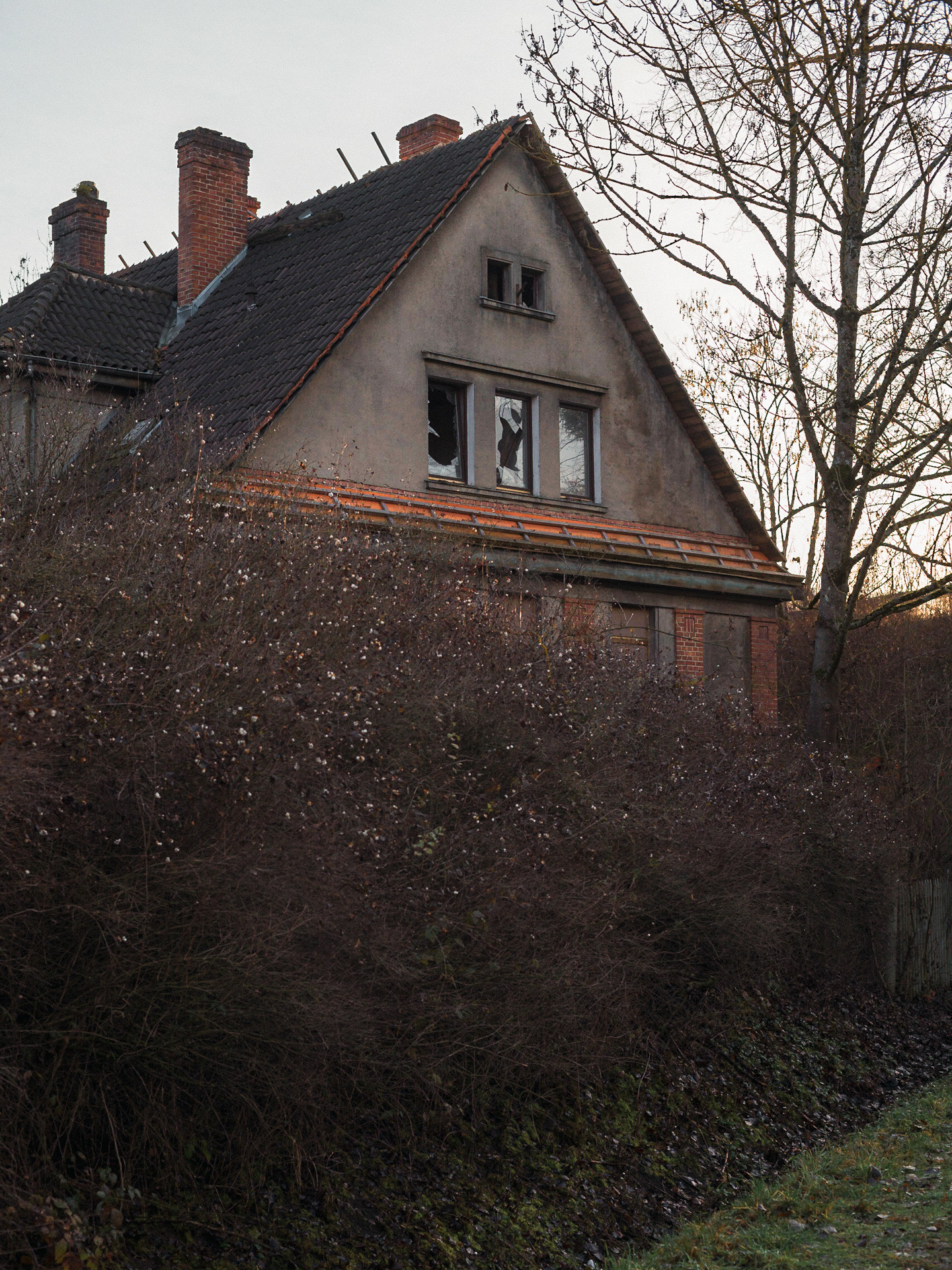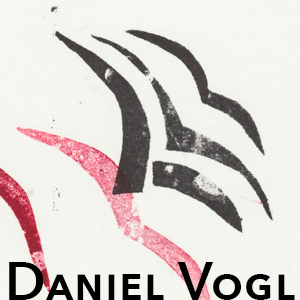„Vernacular architecture can be defined as a type of local or regional construction, using traditional materials and resources from the area where the building is located. Consequently, this architecture is closely related to its context and is aware of the specific geographic features and cultural aspects of its surroundings, being strongly influenced by them. For this reason, they are unique to different places in the world, becoming even a means of reaffirming an identity. Given such unique features, the definition of vernacular architecture may become somewhat unclear.“
(Ghisleni, 2020)
I am moving to a new city that is unknown to me. My partner has already been there for two years. I am coming behind. Arriving is beautiful and uncertain. I spend the first days, weeks and months settling in, getting to know the city and acquiring everyday structures. I spend the first year getting my degree. After that I start working as a freelance photojournalist. Starting with the local press, I get the opportunity to work for a news agency. But what happens in the time in between? Days can pass quickly
or stretch endlessly. On days, I sit at my desk at the computer and do research. On days, I get endlessly lost in the vastness of the Internet. On days, I go outside to explore. I take my camera with me. I walk through residential areas, wooded sections, meadows, and industrial areas. Sometimes I meet people who are also out and about. After first getting over approaching a person and asking them for their portrait, I am inspired and amazed at how easy communication and approaching can be. My fear of being rejected turns to euphoria. Direct human interaction. People on the go or simply enjoying being outside. During my wanderings, I take photos. Photos of places that seem new, bizarre and yet familiar to me. Locations and objects, places and moods that remind me of distant memories. Of people, experiences, moments in days gone by.
"It doesn't make a bit of a difference where, physically, I am on this Earth, most everything is the same picture."
(Eggleston, 2018)
I am in search of my life in the new. In a new chapter. I look for the familiar in the unknown. With the camera as a tool I explore the bond between me and the geographical location. But what do I hope to achieve? Through every picture I take, I consolidate my belonging to the space in which I now live. According to sociologist Stuart Hall, „this bond [...] is so important today because there seems to be a tendency toward fragmentation of the individual resulting from the constant transformations of cultural systems.“ (Hall, 1996) Thus, through the photographs of vernacular architecture, encounters with people and places, I create a connection for myself and thus attempt to integrate my identity in that place. Borrowing from Paul Oliver‘s research in ≥Built to Meet Needs: Cultural Issues in Vernacular Architecture≤ (2006), vernacular architecture can be applied to photography. It relates to the particular environment of the people. It meets specific, individual needs and takes into account the values and lifestyles of particular cultures. According to this definition, photography can be the result of a process over time, based on familiar forms created by previous generations. It emphasizes sensitivity to the geographic context of the environment, including climate, vegetation and topography. Photographing local and accessible subjects can create a closer connection to geographic identity, that can simultaneously contribute to one‘s own integration and identification. This can help define vernacular architecture, or in this case photography, as a type of photography that respects and adapts to the physical constraints of its context, and that emerges as a result of its surroundings, its people, and its history.
Coburg, 2022.
Sources:
Ghisleni, Camilla: “What is Vernacular Architecture?”, 25 Nov. 2020. In: ArchDaily, https://www.archdaily.com/951667/what-is-vernacular-architecture [17.06.2022].
Kupper, Oliver Maxwell: “Baby, will you fix me again: an interview of William Eggleston in Memphis”, 20 Feb. 2018. In: Autre. https://autre.love/interviewsmain/2018/2/20/baby-will- you-fix-me-again-an-interview-of-william-eggleston-in-memphis [20.06.2022].
Hall, Stuart: “Questions of Cultural Identity”, London 1996.
Oliver, Paul: "Built to Meet Needs: Cultural Issues in Vernacular Architecture", Oxford 2006.
(Ghisleni, 2020)
I am moving to a new city that is unknown to me. My partner has already been there for two years. I am coming behind. Arriving is beautiful and uncertain. I spend the first days, weeks and months settling in, getting to know the city and acquiring everyday structures. I spend the first year getting my degree. After that I start working as a freelance photojournalist. Starting with the local press, I get the opportunity to work for a news agency. But what happens in the time in between? Days can pass quickly
or stretch endlessly. On days, I sit at my desk at the computer and do research. On days, I get endlessly lost in the vastness of the Internet. On days, I go outside to explore. I take my camera with me. I walk through residential areas, wooded sections, meadows, and industrial areas. Sometimes I meet people who are also out and about. After first getting over approaching a person and asking them for their portrait, I am inspired and amazed at how easy communication and approaching can be. My fear of being rejected turns to euphoria. Direct human interaction. People on the go or simply enjoying being outside. During my wanderings, I take photos. Photos of places that seem new, bizarre and yet familiar to me. Locations and objects, places and moods that remind me of distant memories. Of people, experiences, moments in days gone by.
"It doesn't make a bit of a difference where, physically, I am on this Earth, most everything is the same picture."
(Eggleston, 2018)
I am in search of my life in the new. In a new chapter. I look for the familiar in the unknown. With the camera as a tool I explore the bond between me and the geographical location. But what do I hope to achieve? Through every picture I take, I consolidate my belonging to the space in which I now live. According to sociologist Stuart Hall, „this bond [...] is so important today because there seems to be a tendency toward fragmentation of the individual resulting from the constant transformations of cultural systems.“ (Hall, 1996) Thus, through the photographs of vernacular architecture, encounters with people and places, I create a connection for myself and thus attempt to integrate my identity in that place. Borrowing from Paul Oliver‘s research in ≥Built to Meet Needs: Cultural Issues in Vernacular Architecture≤ (2006), vernacular architecture can be applied to photography. It relates to the particular environment of the people. It meets specific, individual needs and takes into account the values and lifestyles of particular cultures. According to this definition, photography can be the result of a process over time, based on familiar forms created by previous generations. It emphasizes sensitivity to the geographic context of the environment, including climate, vegetation and topography. Photographing local and accessible subjects can create a closer connection to geographic identity, that can simultaneously contribute to one‘s own integration and identification. This can help define vernacular architecture, or in this case photography, as a type of photography that respects and adapts to the physical constraints of its context, and that emerges as a result of its surroundings, its people, and its history.
Coburg, 2022.
Sources:
Ghisleni, Camilla: “What is Vernacular Architecture?”, 25 Nov. 2020. In: ArchDaily, https://www.archdaily.com/951667/what-is-vernacular-architecture [17.06.2022].
Kupper, Oliver Maxwell: “Baby, will you fix me again: an interview of William Eggleston in Memphis”, 20 Feb. 2018. In: Autre. https://autre.love/interviewsmain/2018/2/20/baby-will- you-fix-me-again-an-interview-of-william-eggleston-in-memphis [20.06.2022].
Hall, Stuart: “Questions of Cultural Identity”, London 1996.
Oliver, Paul: "Built to Meet Needs: Cultural Issues in Vernacular Architecture", Oxford 2006.



















